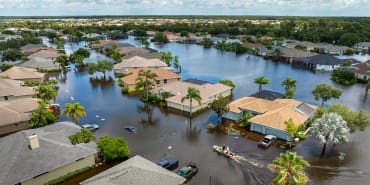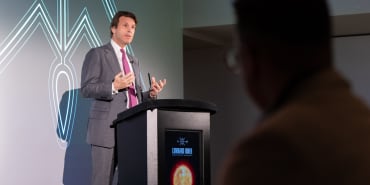Today’s high-emissions economy is predicated on a major market failure – the exclusion of the environmental cost of carbon emissions and other externalities from the price of goods and services. In omitting this cost – for carbon emissions true cost estimates range between USD 51 per tonne and USD 124 per tonne – producers and consumers have been sheltered from the downstream impact of their decisions, and incentivised to follow a linear ‘take-make-waste’ economic model.
By including the price of emissions in the cost of doing business, companies are incentivised to adopt low-carbon technologies and adapt their working practices
Carbon markets can help correct this failure. By including the price of emissions in the cost of doing business, companies are incentivised to adopt low-carbon technologies and adapt their working practices. Over time, consumers see prices shift in favour of an economic model that re-uses and recycles more and emits and discards less.
Today’s carbon markets provide proof of the concept. Between 2005 and 2019, following the introduction of the EU’s Emissions Trading System (ETS), carbon emissions in the bloc fell by 35%5. Over the same period GDP grew 42%, demonstrating that growth need not be accompanied by increased emissions. The European Commission described the EU’s ETS as “a cornerstone of the EU’s policy to combat climate change,” and its “key tool for reducing greenhouse gas emissions.”
Carbon markets in the Eastern United States and in California have seen similar success, with carbon emissions reductions of 47% and 26% respectively. ETSs have since followed elsewhere. In 2015, South Korea became the first emerging economy to launch a nationwide carbon market. In 2021, China launched a national ETS covering the power sector – now the world’s largest ETS, covering 7% of all global greenhouse gas emissions. And, also launched in 2021, a global market-based measure now covers carbon emissions from most international flights.


















share.